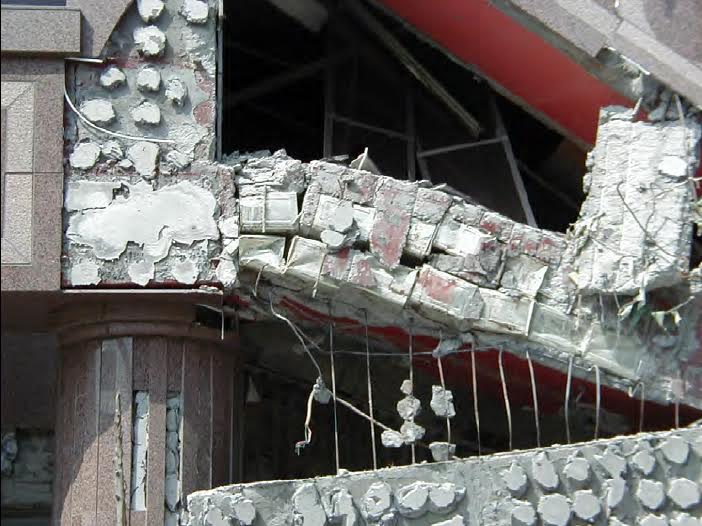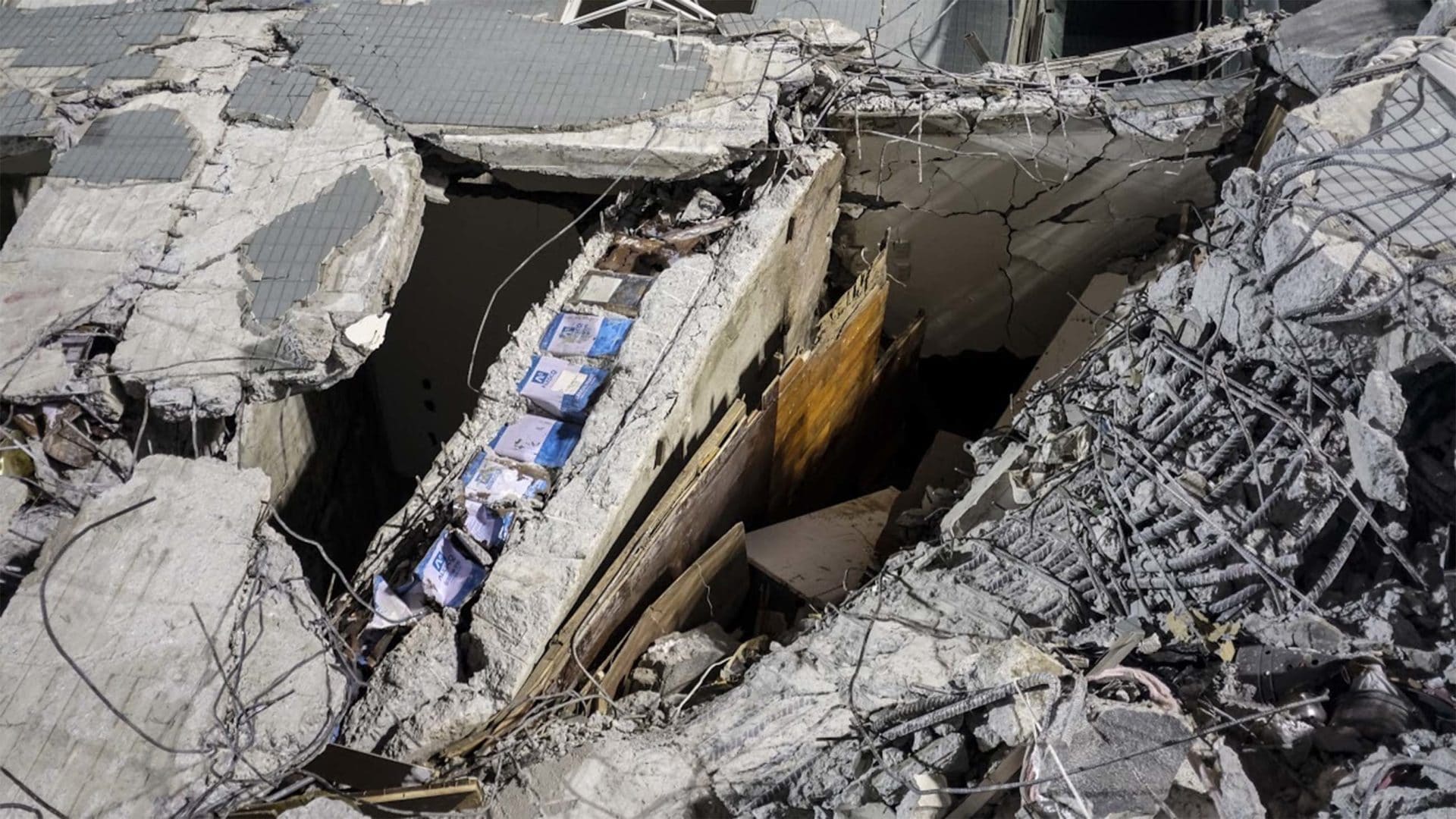Engineering Earthquake Failures
In the wake of the 6.4-magnitude earthquake that struck Tainan, Taiwan earlier this month, killing 117 people, news reports quickly zeroed in on a massive collapsed building that appeared, amid its tangle of fallen beams and other debris, to have been made in part with “tin cans.”
“Taiwan earthquake: Tin cans found in the construction of toppled high-rise,” trumpeted CNN, while The Atlanta Journal Constitution declared “Taiwan earthquake topples highrise built with tin cans.” The reports went on to explain that the cans — in many cases they appeared to be empty paint cans from a Japanese paint brand known as Alesco — had been used as filler for the concrete beams, and that their use in building construction wasn’t technically illegal until 1999, when the Taiwanese government established tougher building codes.
The 17-story Wei-Guan Golden Dragon residential building where the cans recently became exposed — and where the vast majority of earthquake deaths occurred three weeks ago — was built between 1989 and 1994, according to various sources.
Still, according to some engineering and architectural experts, it remains somewhat common — particularly in countries with lax regulation — for builders to cut corners and recycle materials as filler in a building project. And while that’s certainly not best practice, the cans were probably not entirely to blame for the collapse of the Golden Dragon.
Jack Moehle, a professor of civil engineering at the University of California-Berkeley, said it has been common practice in Taiwan to use empty oil cans as a lightweight insulating item in construction. “These [cans] became exposed in collapsed buildings after the Chi Chi earthquake in 1999, where I saw a few examples up close,” Moehle said, adding that it’s possible that such cans could inoculate a building against mild temblors.
“Most likely, by reducing the building mass, the earthquake inertial forces are reduced,” Moehle said, “thereby protecting the building to some degree relative to a building without the empty cans. The much bigger problem, Moehle suggested, was the age of buildings like the Golden Dragon and the wholesale lack of sound building codes that were in place at the time they were built.

Similar cans appeared at in the collapse of the New World Complex at Taichung City during the 1999 Chi-Chi earthquake.
Visual: Farzad Naeim
That notion was echoed by Farzad Naeim, a civil and structural engineer and adjunct professor at the University of California-Irvine, who said that while the cans themselves were not the cause of the collapse, their presence hints at poor construction practices overall. He called the cans a “profound statement” on the lack of quality control, and suggested that the builders lacked a basic understanding of the structural responses that “propagate down to all levels of construction and detailing in a region of high seismicity.”
Follow-up investigations into the collapse have revealed that while metal cans — and according to some reports, even polystyrene — were were clearly used as cheap filler in the building’s walls, the Wei-Guan complex had even more profound structural flaws that were likely to blame for its ultimate collapse. Its developers have been arrested.
Chris Poland, who runs a structural and earthquake engineering practice in San Francisco, noted that the Wei-Guan tower was just one of potentially thousands of buildings around the world that were built according to codes that are now woefully outdated. Such buildings — particularly those in seismic zones, Poland suggested, are “just waiting for their turn.”
“Our cities are filled with buildings and infrastructure systems that were built to older codes and older standards that aren’t good enough anymore,” Poland said. Just last year, the city of Los Angeles enacted an ordinance to retrofit all concrete buildings built before 1980. Though the process is expensive, Poland said “communities are starting to realize the consequence of having these types of buildings in their inventories.”
Back in Taiwan, According to Radio Taiwan International, President Ma Ying-jeou said the government would be inspecting its old buildings to determine which ones need reinforcement there.










